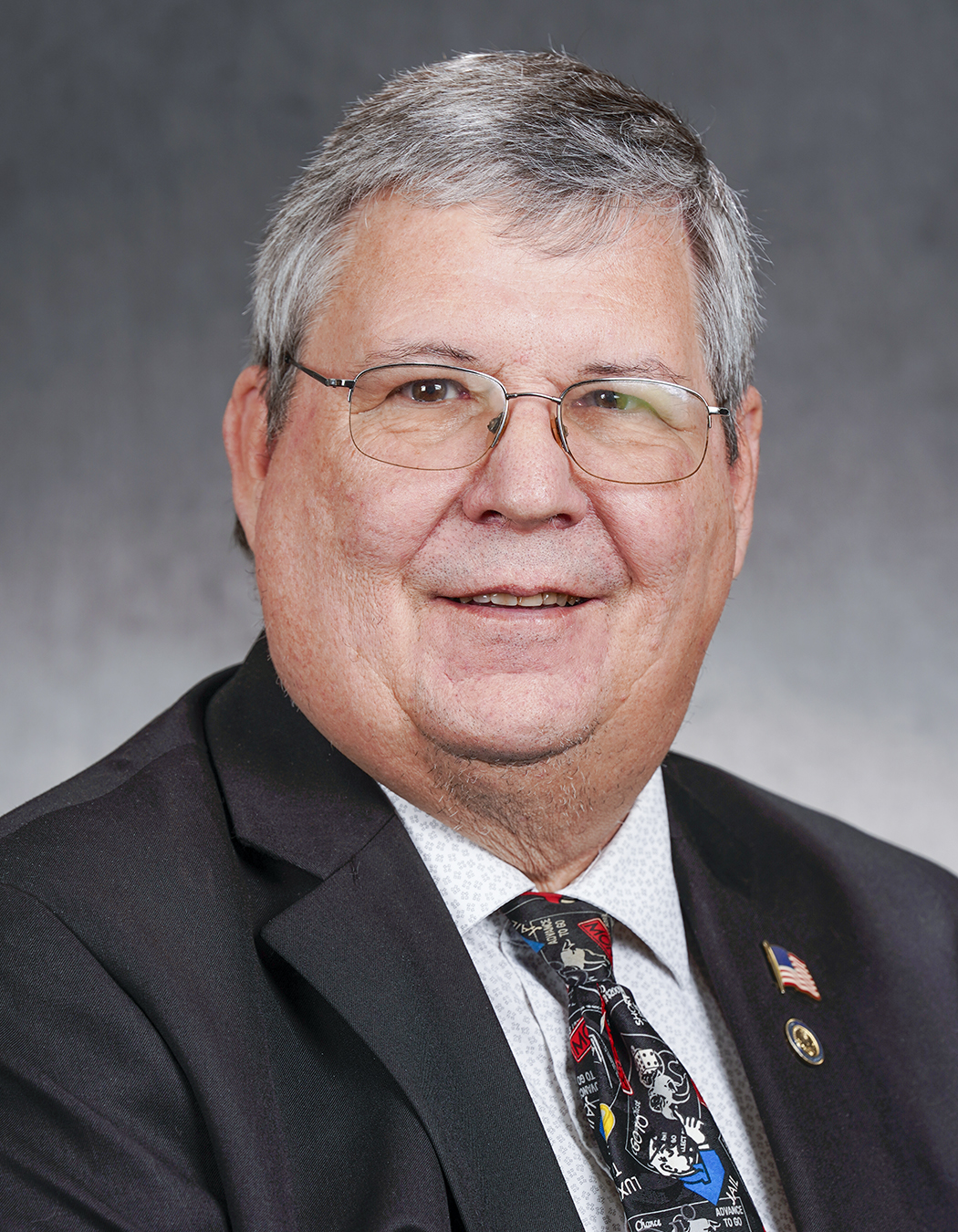As lawmakers heard last fall, lowering the cost of health insurance is a top priority for Minnesotans. Earlier this session, lawmakers provided premium relief to eligible subscribers and approved other reforms, such as allowing for-profit HMO’s to operate in Minnesota, which we believe will improve health care options and drive down costs.
The Minnesota House is continuing our attempts at fixing our state’s health care problems by approving the Minnesota Premium Security Plan, a reinsurance bill that has the potential to lower health insurance premiums on the individual market by 18 percent or more.
The plan is certainly not a cure-all but yet another step in the right direction, as it gives insurance companies the opportunity to reinsure some of their higher risk patients.
The bill states that the program will be administered by the Minnesota Comprehensive Health Association (MCHA), which for over forty years ran a high risk pool that brought stability to the individual market and ensured the sickest Minnesotans had access to needed coverage. It will be funded using existing revenue sources.
The MCHA board will have the authority to design payment parameters to mitigate risk, stabilize or reduce premium rates, increase participation, and account for federal funding available for the plan.
Our non-partisan staff says we could see 18 percent or more in potential savings if this bill becomes law. That’s not a guarantee, but it’s generally how other programs in other states have worked.
This really is a premium security plan that is based on stabilizing health insurance rates, which is important because we need to make concrete steps forward in this area. The number of people enrolled in Minnesota’s individual insurance market is a third as large as it was prior to Obamacare and costs are escalating rapidly, making this sector volatile. Changes clearly need to be made, and the Minnesota Premium Security Plan allows us to take another step forward towards restoring our status as a nationwide leader in health care.

